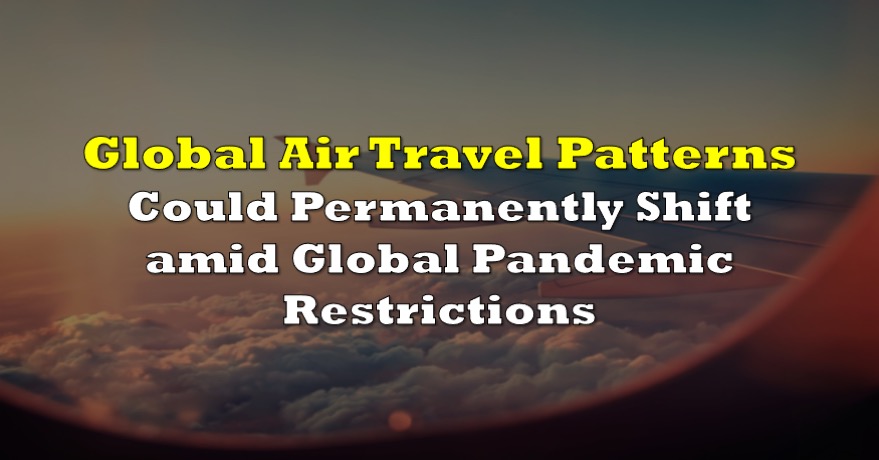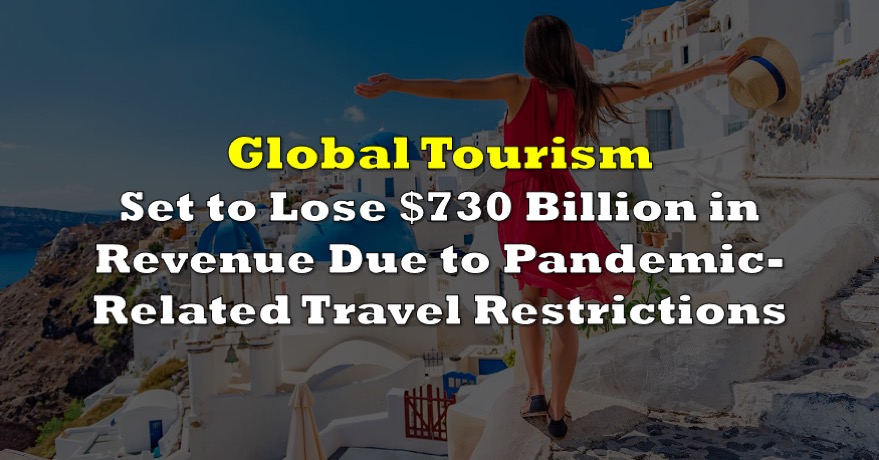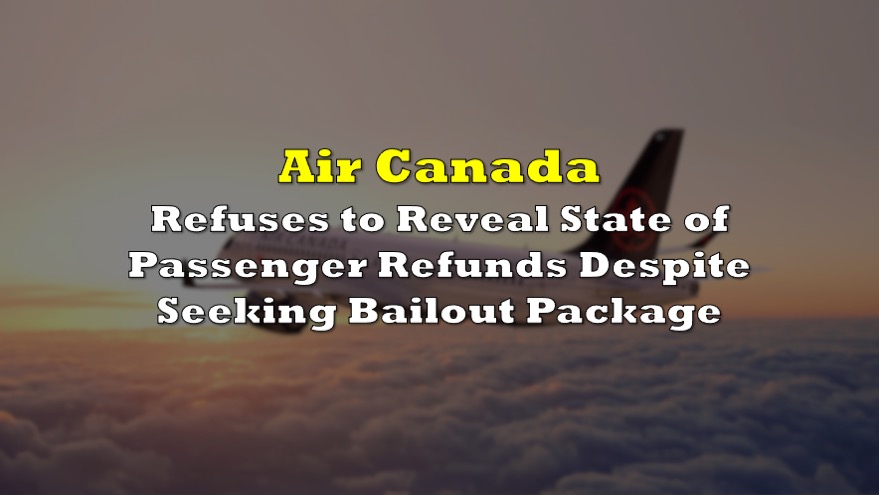As the pandemic takes a turn for the worse amid a second wave resurgence, an increasing number of airline companies are faltering under the weight of significantly reduced air travel.
A recent report by the UN World Tourism Organization (UNWTO) found that global tourism fell by more than 70% between January and August this year, as many countries imposed restrictions on international travel as a means of curbing the spread of the virus. This certainly has had a profound effect on airline companies, whom have been furloughing employees and burning through billions of dollars in cash just to remain afloat amid the subdued demand for air travel.
As such, speaking to BFM Business radio, head of the International Air Transport Association (IATA) Alexandre de Juniac said that the current air transport situation has entered a catastrophic phase, as a number of airline companies face a very difficult road ahead. He noted that it is likely that the airline sector will emerge from the crisis a lot smaller than before, whether it be less airline companies, or reduced to access to certain destinations, or less freedom for movement.

Indeed, European carrier Ryanair recently told CNBC it will transition into a “significantly reduced flying schedule” over the next six months, largely blaming the recent tightening of COVID-19 restrictions in Europe. The company’s revenues have been impacted by the stay-at-home orders that were imposed back in the spring across many European countries, and now that a second, more severe wave of the virus has emerged, the lockdowns are once again making a reappearance.
The situation is very similar in the US as well, with many American airlines struggling amid reduced air travel both internationally and domestically. However, according to data collected by Private Jet Card Comparisons and analyzed by Tivoli, there is a parallel situation emerging in the US air travel industry. Although commercial air travel has hit a record-low, private jet traffic has skyrocketed amid the pandemic. Interestingly, private jet flights at Francis S. Gabreski Airport in Westhampton, New York, Aspen Airport in Aspen, Colorado, and Vail flights all increased by 172%, 135%, and 95% respectively, in October.
Conversely, private jet traffic fell by 52% at the Teterboro Airport in New Jersey, while private flights at Westchester County Airport dropped by 36% in October. Interestingly enough though, the two airports are used by the wealthy elite to fly into New York City which as of late has turned into a near-desolate space given that many have reverted to working from home. Likewise, Chicago’s Midway Airport also saw a 47% reduction in private flights, while Dulles International Airport, the second largest private jet airport in the US, saw its traffic fall by nearly half last month.
It appears that the pandemic is causing a total rearrangement of air traffic, as private flights to remote resort regions skyrocketed, and flights into urban cities dropped significantly. Given that much of corporate America is able to conduct business meetings virtually amid the pandemic, many wealthy elites have been hiding out from soaring infection rates not at their Park Avenue apartments, but rather at their second homes in Aspen or the Hamptons.
Nonetheless, the pandemic has caused a shift in air travel dynamics not just in the US, but across the globe as well. As many countries continue to uphold their international travel restrictions in wake of a resurgence of coronavirus cases around the world, many airline companies that focus on commercial air travel will find themselves in a financially difficult situation, meanwhile private jet companies – especially those that focus on sought-after destinations – will likely weather the pandemic quite comfortably.
Information for this briefing was found via the UNWTO, BFM Business, and CNBC. The author has no securities or affiliations related to this organization. Not a recommendation to buy or sell. Always do additional research and consult a professional before purchasing a security. The author holds no licenses.









